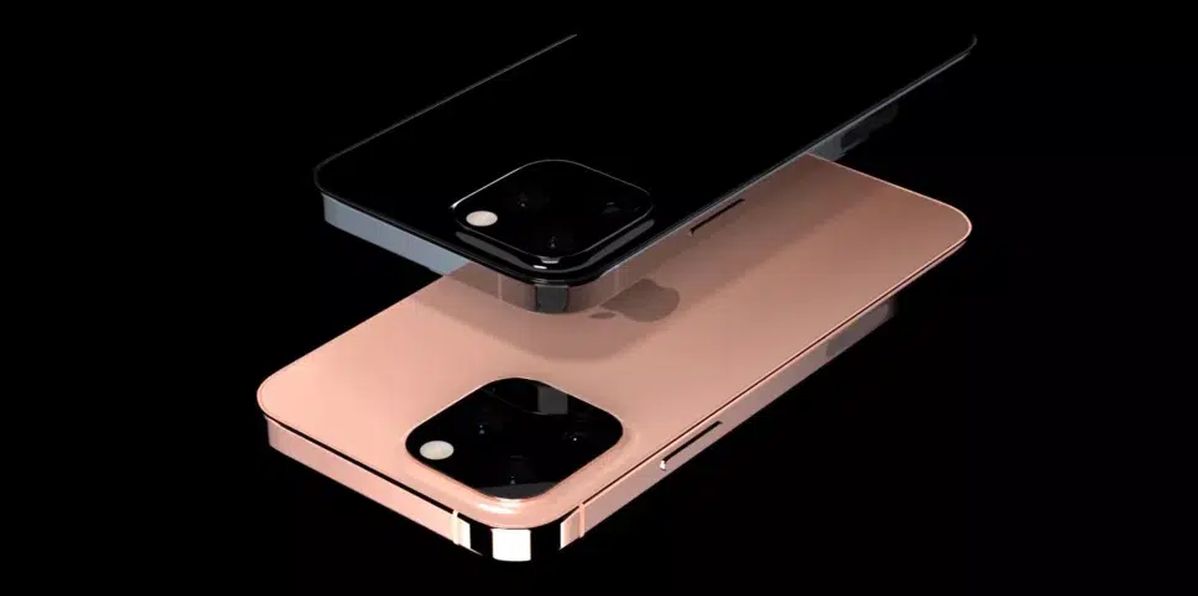We are in the final stretch before the presentation and launch of the next iPhone 13, and we want to summarize everything we know so far about the next Apple smartphone in a single article.
iPhone 13 release date
After the delay in the launch of the iPhone last year, due to the COVID-19 pandemic, this year it is foreseeable that its presentation and subsequent launch will occur earlier. This year the pandemic situation has indeed changed but there are many problems with the supply of microchips, however, there are rumors that TSMC is prioritizing the manufacture of components for Apple, and if we add to this that the blockade of Huawei is greatly reducing its sales, it could be that the iPhone does not suffer from the shortage of components.
With all this, the release date of the iPhone 13 in all its models could be brought forward to September. Rumors point to September 17 or 24 as the most likely release dates. If the earlier date is confirmed, its presentation would take place on Tuesday, September 7 (we already know how Apple likes Tuesdays for its events) with the start of reservations the following Friday, September 10, and direct sales in physical and online stores on September 17. These dates, as we say, could be delayed a week if the direct sale were to take place on September 24.
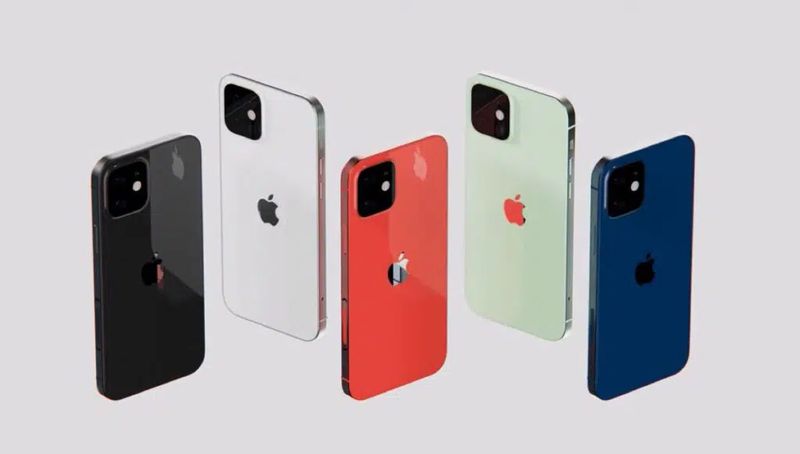
iPhone 13 and 13 Pro Max specs
Every year there is the same debate about the name of the new iPhone. It is the only Apple device that receives a number in its name, clearly indicating the model we are talking about. iPad Pro, iPad Air, iPad, MacBook, iMac… Apple does not follow this same criterion when naming the rest of its product catalog, so for a few years now it has been rumored that the iPhone could abandon the number and be called just iPhone. But it seems that this year it will not be so, and will continue with the number at the end of its name.
The question that remains is whether it will be called iPhone 12s or iPhone 13? The iPhone 11 was followed by the iPhone 12, not the 11s, perhaps because it did not bring to mind the events of that fateful date in the United States, or simply because this new model brought a design change that differentiated it sufficiently from its predecessor. This new iPhone 13 is expected to bring no major changes in design compared to the iPhone 12, but rumors suggest that it will not be called iPhone 12s but iPhone 13.
What models of this new iPhone will be available? Most analysts agree that there will be no changes concerning the current generation and that therefore every iPhone 12 will have its successor this year:
- iPhone 13 mini: With a 5.4-inch screen, successor to the iPhone 12 mini.
- iPhone 13: With a 6.1-inch display, successor to the iPhone 12.
- iPhone 13 Pro: With a 6.1-inch display, successor to the iPhone 12 Pro.
- iPhone 13 Pro Max: With a 6.7-inch display, successor to the iPhone 12 Pro Max.

It seems that the poor sales of the iPhone 12 mini will not affect its continuity within the iPhone range for this year if we pay attention to the latest rumors, although there are still those who claim that it will not be renewed this year. It is undoubtedly the model that is more caught with pins of the entire range. Regarding the iPhone SE, there will be no renewal this 2021, and we will have to wait until 2022 to see the new model that Apple offers us.
iPhone 13 design
Apple is going to add few changes to the overall design of the new iPhones. They will continue with glass backs, something essential for wireless charging to work, and flat edges, like the iPhone 12. On the front, we will continue with the screen occupying the entire front, and the “notch” that has been characterizing the iPhone since the iPhone X will be present, although with a reduction in size thanks to the new location of the speaker. In these new models, the speaker will not occupy the center of the “notch” but will be located on the upper edge of the screen, leaving more space for the front camera and all FaceID components to be placed, so it will be possible to reduce its width.
The dimensions of the new iPhone will be the same as in their current models, only the thickness will be minimally increased, about 0.26 mm, something that we will not notice when we have it in our hands, but that can give us some problems with the cases of the current models. In any case, the iPhone 12 cases will not work for the new iPhone 13, because the camera module will be larger.
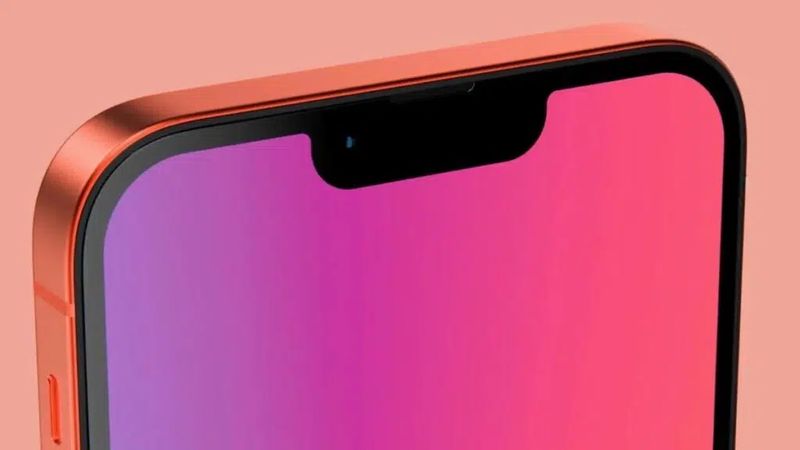
It is precisely in this part of the iPhone where the few design changes this year will be noticeable since the lenses will be larger and will protrude more than in the current generation, so the module, as mentioned above, will be larger. Some rumors speak of a new diagonal arrangement of the lenses of the iPhone 12 and 12 mini, which will continue to have only two. There have also been comments about the possibility that the 2/3 lenses (depending on the model) will be protected by a single sapphire crystal, instead of individually as in the current models.
We don’t want to leave out a possibility about the lightning connector on the new iPhone 13, as although it seems unlikely, there have been quite a few rumors about the possibility of at least one model lacking any type of connector. The MagSafe system debuted last year would not only serve for charging the device but also for data transmission. As we say it seems like something that could arrive soon but is unlikely for this year.
iPhone 13 colors
The colors of the new iPhone always generate a lot of rumors around them, although they are not confirmed in most cases. Surely the rumors have their basis, Apple performs many tests with different colors throughout the development time of the new iPhone, leaving at the end one or two new colors, at best. Right now the iPhone 12s are available in white, black, blue, green, purple, and red, while the iPhone 12 Pro is in graphite, silver, gold, and blue.
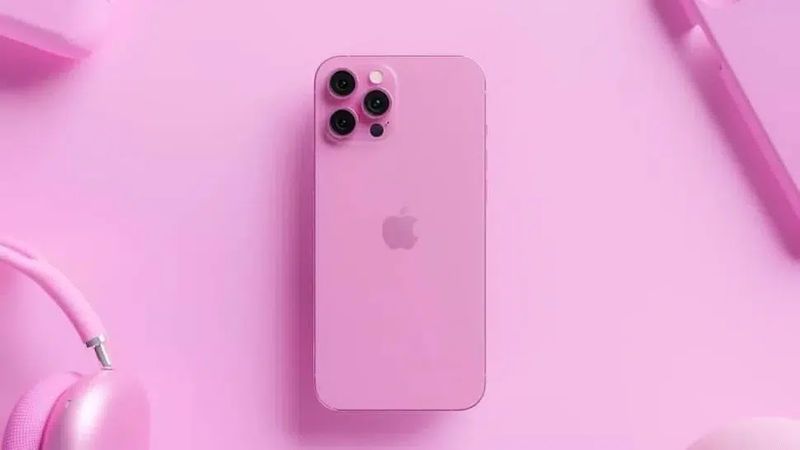
With the new iPhone models, we will continue to have most of that range of colors, although some will be replaced. Thus in the iPhone 13 Pro graphite will give way to matte black, which would look much blacker than the current model, which is more grayish. There is also talk of a bronze color, more orange than the current gold. And for the “non-Pro” models, a pink color could be included, but it seems too risky.
iPhone 13 and 13 Pro specs that have been confirmed
Display
The screens will maintain the same resolution as the current ones, as well as the same sizes. What is expected is that this year, the 120Hz refresh rate will arrive, although limited to the Pro models, both 6.1 and 6.7 inches. The displays will be of the LTPO type, which will reduce power consumption by 15 to 20%. This type of technology also makes it possible to reduce the number of components under the screen, thus providing more space for other components (battery, for example).
In recent days there has also been talking of a new display feature, “always-on display”, as with the Apple Watch since the Series 5. The reduction in power consumption of LTPO displays could compensate for the higher consumption of this feature, which will allow the display information to always be seen when the iPhone is locked.
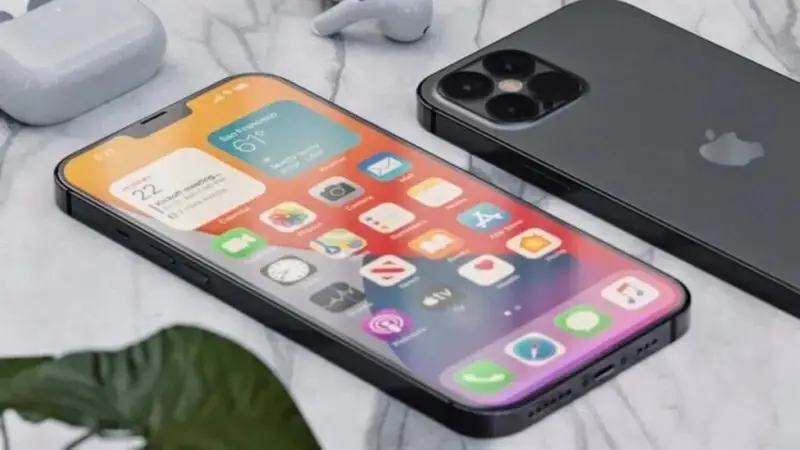
Face ID
The iPhone 13 will maintain facial recognition as a security system for purchases, payments with Apple Pay, and unlocking the device. Face ID will not vary in operation, although it will vary in components, which will allow everything to be further miniaturized and reduce the size of the notch.
It is almost ruled out that the new iPhone will have a fingerprint recognition system or Touch ID. Whether under the screen or on the power button, it seems very unlikely that this year we will see this novelty, so we will have to continue to live with face masks and Face ID. Those of us who have the Apple Watch at least have the system of unlocking with the watch when we wear a face mask.
Cameras
It will be one of the sections that will bring more news, with improvements across the range, although more important in the 13 Pro and Pro Max. These models will include a new 6-element ultra-wide-angle lens, compared to the 5 elements of the current ones. This will have an impact on improving the quality of the photographs obtained with this lens, which will also be helped by the inclusion of autofocus, currently absent, and a larger aperture of f/1.8 (currently f/2.4).
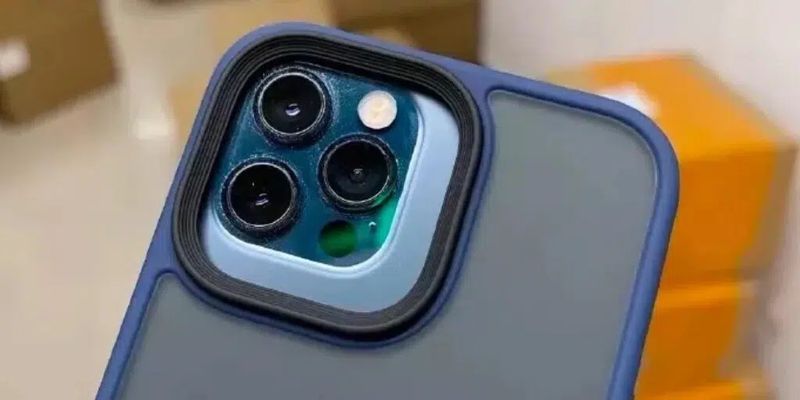
The lenses will be larger, hence the increased size of the camera module. This would allow more light to enter the camera to achieve higher quality in low-light photography. In addition, the sensor size will also be larger, capturing more light. Everything seems to indicate that this year Apple wants to improve the photographs taken in low light conditions.
We are not sure if these latest developments will be present in all iPhone models, or if they will be reserved only for the Pro models. What they will all share is an improvement in image stabilization, which will be included in the sensor, leaving aside the optical stabilization, achieving better photos and videos. What does seem almost certain is that the LiDAR sensor will be exclusive to the iPhone 13 Pro.
There will be two new camera modes, one photographic, to be able to take snapshots of the night sky. This could explain so many improvements focused on low-light and ultra-wide-angle photos. The other new mode will be video, with a blur effect identical to the portrait mode of photography, which you can also later retouch by customizing the depth of field.
Battery and charging
The new iPhone 13 could debut a new technology called “soft board battery”, which allows creating batteries with fewer layers, which saves internal space on the iPhone. This could increase the battery capacity without having to increase the size of the iPhone. The iPhone 13 Pro Max would receive the largest battery increase, reaching 4,352mAh, while the rest of the models would see smaller increases.
It doesn’t look like there will be any changes to the charging systems, both wired and wireless. Apple introduced the MagSafe system with the iPhone 12, which goes up to 15W of power, while wired the maximum charge is 20W. Unless there is a surprise, this data will remain unchanged in the new iPhone 13. It is also not expected to have reverse wireless charging, or at least not a reverse charging that allows them to be used as a conventional Qi charging base. We already know that the iPhone 12 has reverse charging but it is limited to recharging the new MagSafe battery that Apple has just launched.
Other specs
It is taken for granted that the new iPhone 13 will include the A15 Bionic processor, successor to the A14 Bionic now included in the iPhone 12. This new generation could include a new “system on a chip” (SoC) that would not only improve the performance of the device, boosting its power as happens generation after generation, but also increase its efficiency by reducing energy consumption.
Storage will likely remain unchanged, starting at 64GB and maxing out at 512GB. There have been rumors about increasing the starting size to 128GB, which would be good news and also more than logical, but it doesn’t seem too likely. The possibility that the iPhone 13 could go up to 1TB storage on the Pro models also seems pretty remote.
All iPhone 13 models will feature 5G connectivity and will use the Qualcomm X60 modem. The implementation of this type of network is still quite marginal in most countries, although it is to be hoped that 2022 will finally mark the beginning of its widespread expansion. Regarding WiFi connectivity, they will be compatible with the new WiFi 6E networks, which adds the 6GHz band and improves WiFi 6, still at a very early stage of implementation.
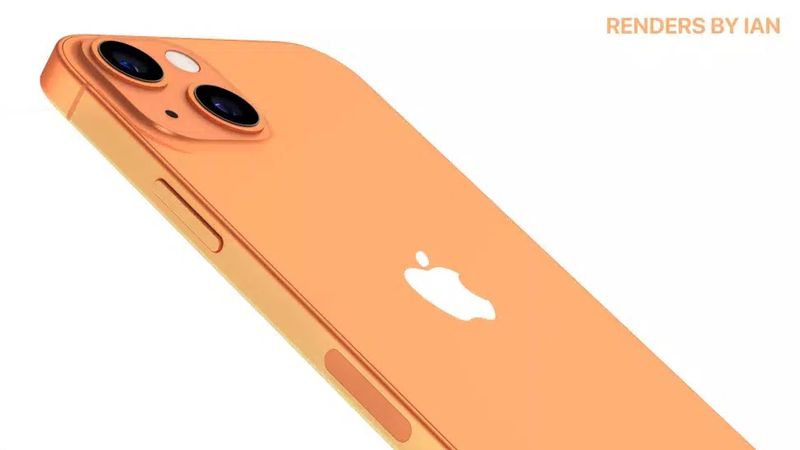
What will be the price of the iPhone 13?
No change in price is expected, so the iPhone 13 would still cost the same as the current generation.
- iPhone 13 mini – starting from $859.
- iPhone 13 – starting from $959.
- iPhone 13 Pro – starting from $1209.
- iPhone 13 Pro Max – starting from $1309.

